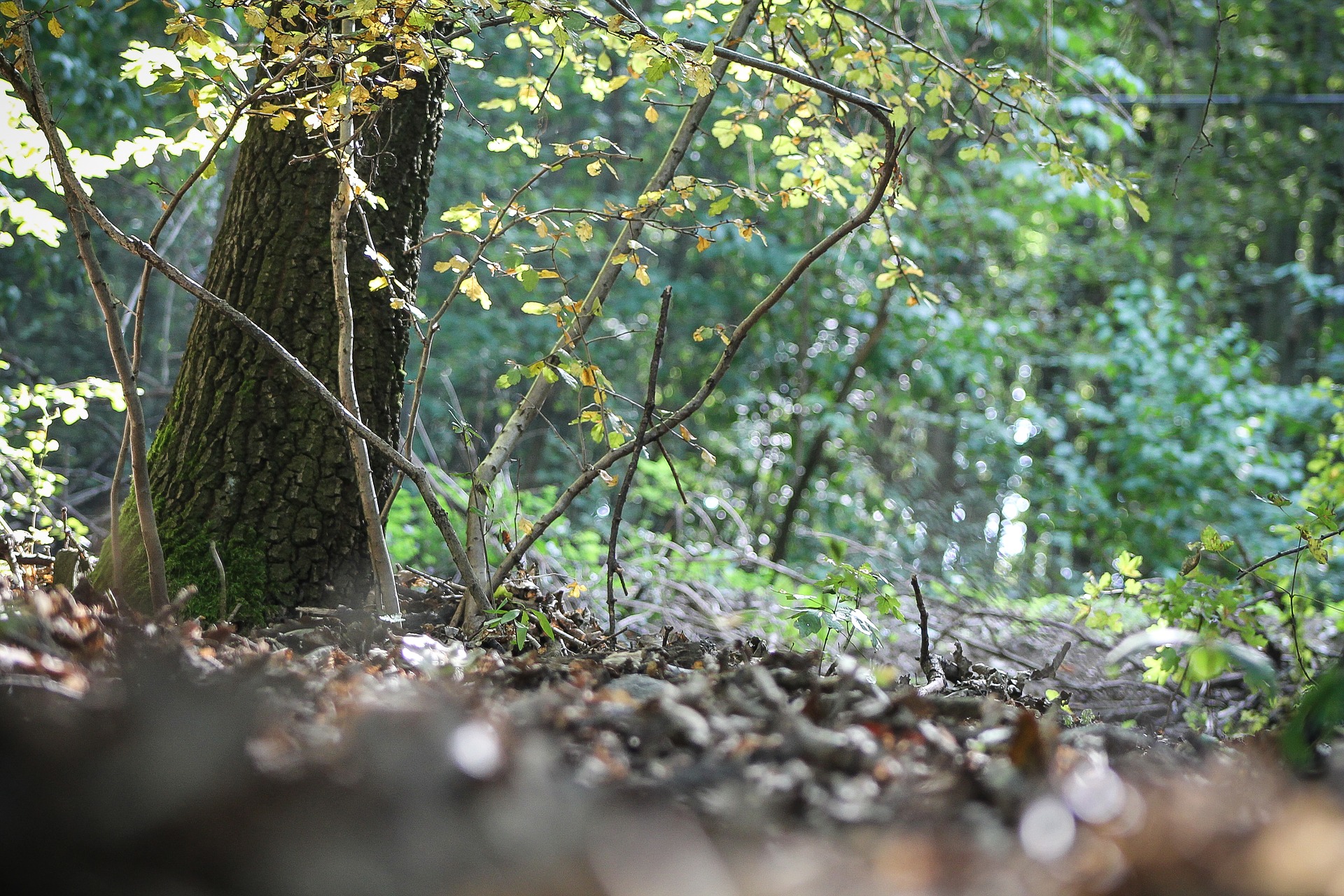An Open Goal: Why Forests and Nature Need to Be at the Center of the Sustainable Development Agenda
Author: Alistair Monument and Hermine Kleymann | Published: July 9, 2018
In fewer than 900 days, the world will have halted deforestation, taken urgent action to halt the loss of biodiversity, and ensured that ecosystems are being conserved, restored and sustainably used.
That, at least, is part of what the governments of the 193 countries of the United Nations agreed to in 2015 with the adoption of the 2030 Agenda and the Sustainable Development Goals (SDGs). The above commitments are just a few of the targets due to be achieved by 2020 under SDG 15, ‘Life on Land.’
So how is it going? Not too well, unfortunately. Recently released figures show that, far from being halted, global tree cover loss actually increased by 51% in 2016; for tropical tree cover loss, 2017 was the second-worst year on record. And with wildlife abundance projected to decline by two-thirds between 1970 and 2020, dramatic changes will be needed to reverse the long-term trend.
This should set alarm bells ringing. Failure to meet these targets wouldn’t simply be a setback towards achieving SDG 15. It would also threaten our ability to meet the other SDGs – which are closely linked to targets set out for Life on Land – and undermine the very foundation of sustainable development.

